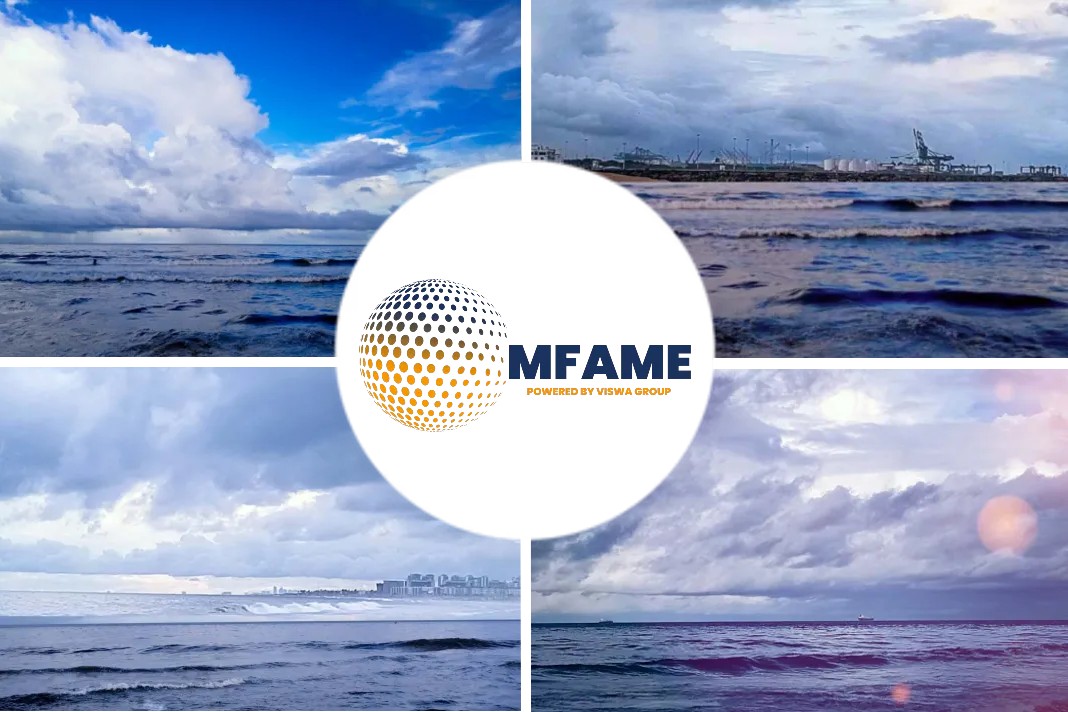- A panel of public health and medical experts recommended several HVAC and air management strategies.
- Fuel costs and energy dynamics are leading HVAC designers to rethink fundamental approaches to maritime design.
Ever since open vessels were enclosed into compartments, Ventilation has been a paramount concern for passengers, crew, and the existence of the ship itself, says an article published in Marin Link.
In 2021 and for the next few years, HVAC experts cite three top priority issues: the COVID-19 pandemic; energy efficiency; and finding safe, new refrigerants with low global warming potentials (GWP). In some ways, these challenges are linked. In other ways, they are evolving separately. But each presents naval architects and ship owners with a myriad of questions.
Covid-19
The cruise industry is in the eye of the COVID storm. Ventilation and air quality are central to the industry’s return to sail plans. Examples include:
- Enhanced filtration – Upgrade HVAC filters to the highest level possible given ship age and ventilation type constraints.
- Optimize airflow patterns – Don’t recirculate air. If that’s unavoidable, then use high-grade filters.
- Think strategically – establish preventative practices where the virus might be hardest to control or where crowding is common.
At least as represented by the Cruise Lines International Association (CLIA), the cruise industry supported the panel’s recommendations. “The CLIA Global Board unanimously voted to adopt all of the listed core elements for an initial restart of limited operations in the Americas,” CLIA wrote in a September 2020 press release. HVAC was among the listed core elements slated for change: “Ventilation. Air management and ventilation strategies to increase fresh air onboard and, where feasible, using enhanced filters and other technologies to mitigate risk.”
Saving money, energy, and carbon
Vessel operators are under pressure from all over the world to reduce carbon emissions. That’s plenty of a challenge. Add new COVID-19-control strategies now. HVAC consumes a lot of energy. HVAC loads can consume as much energy as engines on a passenger ship. Kevin Glover, PE, is Coefficient Engineers’ owner and managing partner, an HVAC-engineering firm in North Carolina specializing in marine design. Glover is also a member of ASHRAE’s HVAC Transportation Committee 9.3, which has a maritime component. HVAC, COVID, and energy are all intertwined, according to Glover. To begin, keep in mind that operating efficiency is a top priority right now for all of a vessel’s systems, not just propulsion.
Fuel costs and energy dynamics are leading HVAC designers to rethink fundamental approaches to maritime design. More importantly, these models can account for the huge difference in designing HVAC for a vessel vs. a building, e.g., a building is static, its solar exposure is easy to track and plan for. A ship’s solar exposure can vary by hour. Ditto for ambient temperature and humidity and the full range of weather conditions.
Low GWP refrigerants
A third critical maritime HVAC challenge is linked to low global warming potential (low-GWP) refrigerants. Readers are likely aware that flammability concerns plague certain low-GWP refrigerants.
Brigham, with Flagship, commented that the old reliable R22 is no longer being produced although it is still available.” He said that newer, proposed gases are environmentally friendly “but have some major concerns due to flammability.” This may not be a concern in well-ventilated shoreside applications. “However, it is a concern shipboard,” he advised, “where compressors are frequently located in tight spaces.”
A large cruise ship with heavy chillers can safely use a low GWP compound that is not flammable. But for smaller cooling applications, even in relatively small quantities, high flammability is still a problem. Recently, though, low-GWP refrigerants moved to the forefront of America’s regulatory priorities. The new American Innovation and Manufacturing (AIM) Act passed last December requires the U.S. Environmental Protection Agency (EPA) to establish an allowance allocation and trading program for hydrofluorocarbons (HFC), the compounds used in modern refrigerants, called “potent greenhouse gases” by the EPA. By 2036, HFCs are to phase down to 15% of baseline levels.
The Phasedown raises almost endless questions. As HFCs become scarce, will the materials that remain available work in a maritime setting just because they may work in land-based applications?
Did you subscribe to our daily newsletter?
It’s Free! Click here to Subscribe!
Source: Marine Link






















